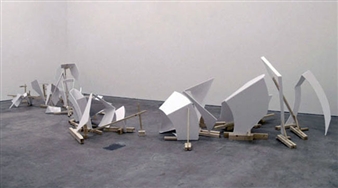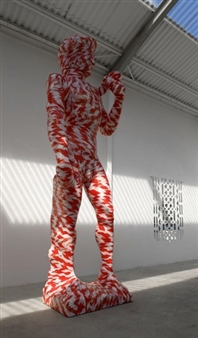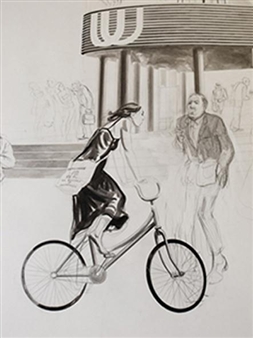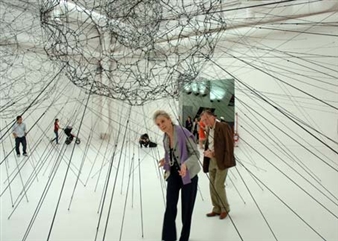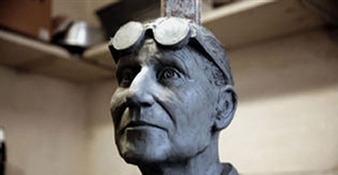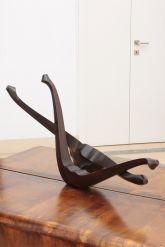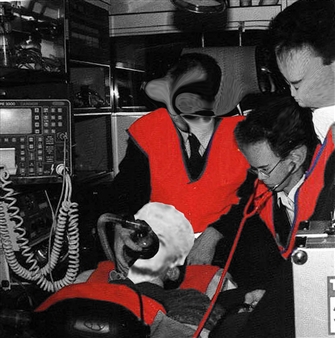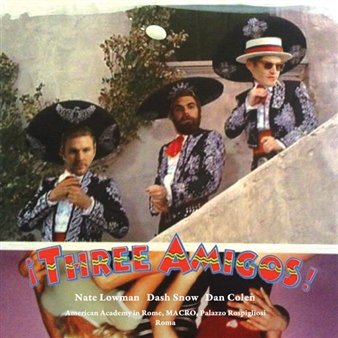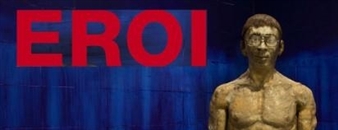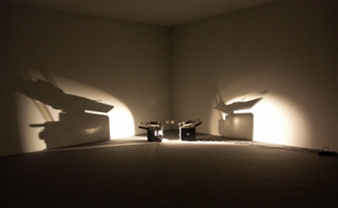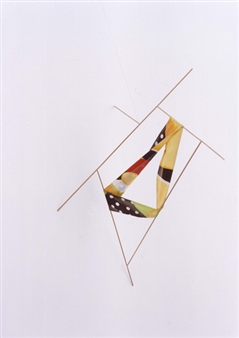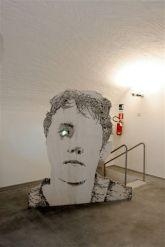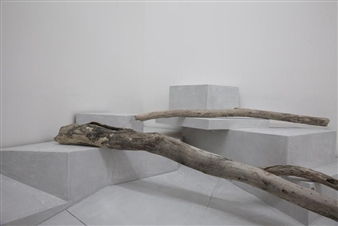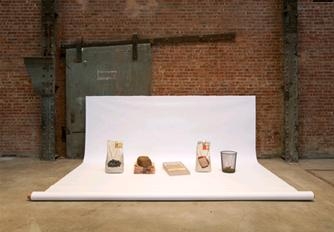Wael Shawky
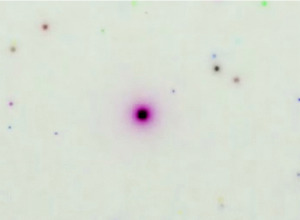
Castello di Rivoli Museum of Contemporary Art, Piemonte, Turin, 11/03/2016 - 02/05/2017
Castello di Rivoli Museum of Contemporary Art, Piazza Mafalda di Savoia, 10098 Rivoli Turin Italy
Each movement, he said, will have a center of gravity; it would suffice to direct this crucial point to the inside of the figure. The limbs that function as nothing more than a pendulum, swinging freely, will follow the movement in their own fashion without anyone’s aid.
He further stated that this movement was really quite simple; that each time the center of gravity was moved in a direct line, the limbs would start to describe a curve; and that often when simply shaken in an arbitrary manner, the whole figure assumed a kind of rhythmic movement that was identical to dance…
And the advantage such a puppet would have over a living dancer? The advantage? First a negative gain, my excellent friend, specifically this: that such a figure would never be affected. For affectation appears, as you know, when the soul (vis motrix) locates itself at any point other than the center of gravity of the movement. Because the puppeteer absolutely controls the wire or string, he controls and has power over no other point than this one: therefore all the other limbs are what they should be—dead, pure pendulums following the simple law of gravity, an outstanding quality that we look for in vain in most dancers…
In addition, he went on, these puppets possess the virtue of being immune to gravity’s force. They know nothing of the inertia of matter, that quality which above all is diametrically opposed to the dance, because the force that lifts them into the air is greater than the one that binds them to the earth. What wouldn’t our good G. give to be 60 pounds lighter, or to use a force of this weight to assist her with her entrechats and pirouettes? Like elves, the puppets need only to touch upon the ground, and the soaring of their limbs is newly animated through this momentary hesitation; we dancers need the ground to rest upon and recover from the exertion of the dance; a moment that is certainly no kind of dance in itself and with which nothing further can be done except to at least make it seem to not exist.
-HvK, 1810
The exhibition at Castello di Rivoli is drafted by Marcella Beccaria and Carolyn Christov-Bakargiev.
In conjunction with the retrospective at Castello di Rivoli, the Fondazione Merz in Turin will also showcase Wael Shawky, the winner of the first edition of the Mario Merz Prize, with a focused exhibition curated by Abdellah Karroum.
For More Information